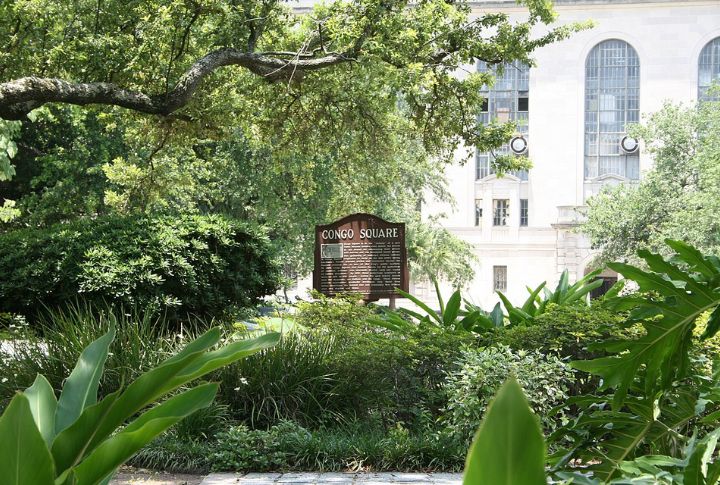
New Orleans wears its faith-like music, woven into the streets, the food, and the rhythm of everyday life. Black Catholicism shaped more than beliefs; it shaped how the city moves and remembers. Step inside this legacy, and you might just hear the saints marching in.
Congo Square Gatherings Mixed Catholic Rites With African Spirituality
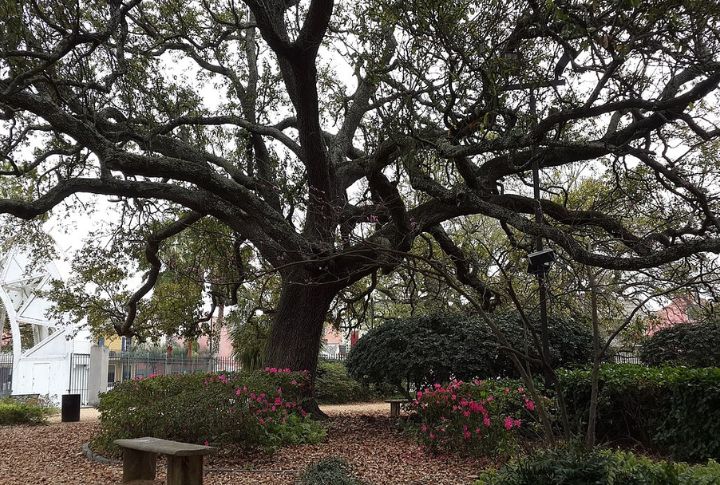
Congo Square in New Orleans was a Sunday hub for enslaved Africans who were often baptized Catholics. They combined Catholic feast days with African drumming and dancing. Voodoo rituals sometimes included saints, preserving a unique Black Catholic spiritual identity in the face of oppression.
Black Religious Orders Founded Schools And Orphanages

The Sisters of the Holy Family, one of America’s first Black Catholic orders, opened schools and orphanages for freed slaves. In 1867, they launched St. Mary’s Academy, which still operates. So, they filled a void when no public support existed for Black children’s education or care.
Jazz Funerals Rooted In Catholic And African Traditions
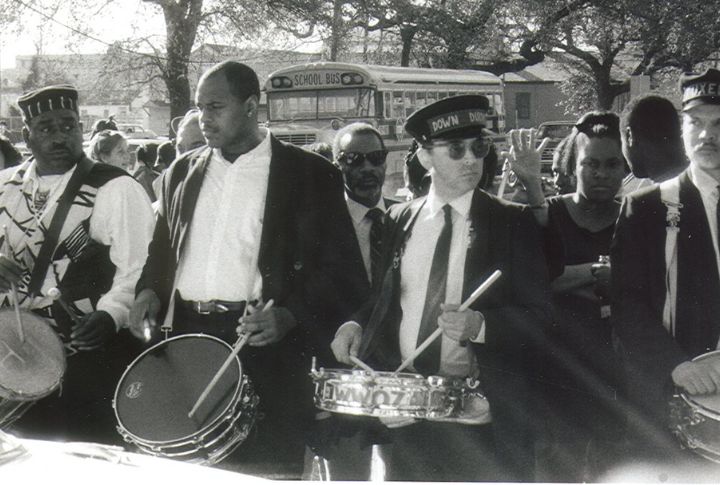
Jazz funerals combine Catholic rites with African mourning customs. A brass band plays hymns like “When the Saints Go Marching In” after mass. Many early jazz musicians grew up Catholic, and this tradition celebrates life through music, faith, and a vibrant public procession in New Orleans.
St. Augustine Church Became A Symbol Of Black Catholic Pride

Founded by free people of color in 1841, St. Augustine Church is one of the oldest Black Catholic parishes in the U.S. Parishioners donated pews, including ones reserved for enslaved people. Its Tomb of the Unknown Slave honors lives lost to slavery and attracts pilgrims from across America.
Catholic Schools Became Hubs For Civil Rights Activism
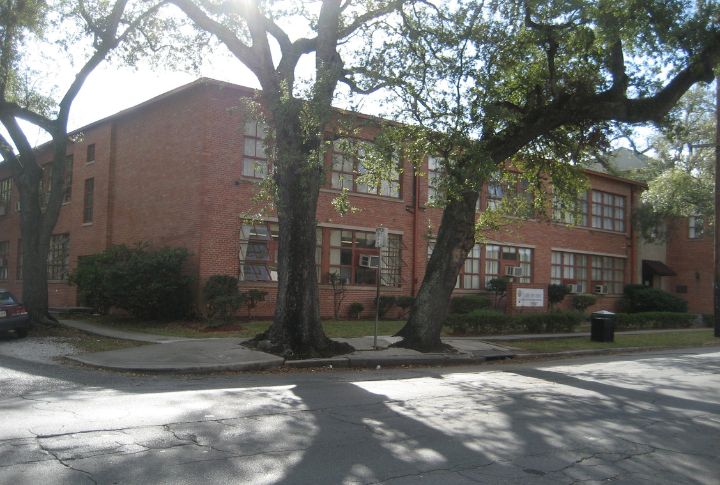
Black Catholic schools promoted social justice and education. Institutions like Xavier Prep and St. Mary’s Academy taught students leadership through faith. Some nuns even joined civil rights marches in secret. These schools became safe spaces where young Black Catholics learned to challenge systemic inequality.
Mardi Gras Indians Wove Catholic Saints Into Their Costumes
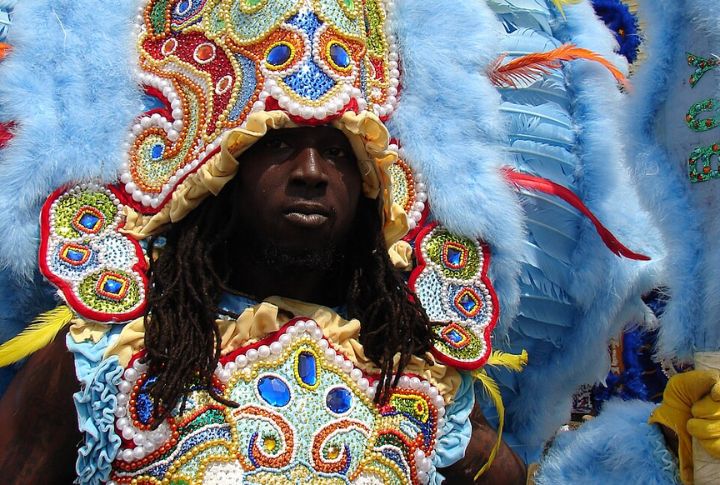
Mardi Gras Indian tribes honor Catholic saints, such as St. Joseph, during parades. Their roots mix Black and Native traditions within Catholic culture. Before parading, many tribes pray together. Sewing the suits often involves spiritual rituals, linking their artistry with deeply held religious practices.
Xavier University Created Generations Of Black Catholic Leaders

Xavier University is the only historically Black Catholic university in the U.S., founded in 1925 by St. Katharine Drexel. It has trained more Black pharmacists than any other institution. The campus chapel reflects its mission with African-inspired art and stained glass honoring cultural heritage.
Catholic Feast Days Became Community Celebrations
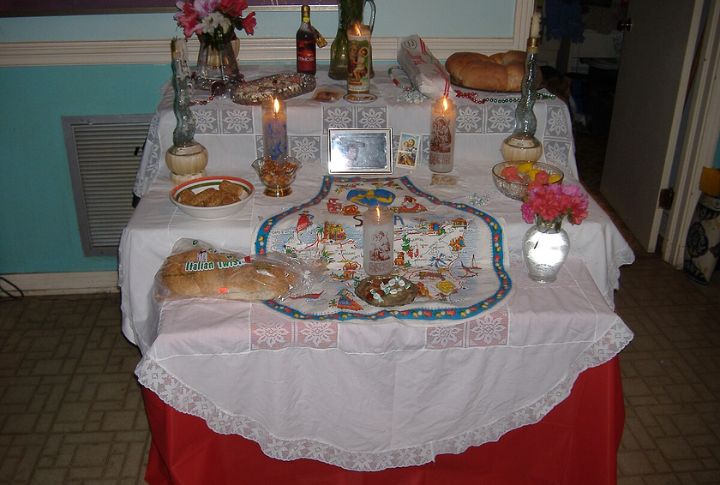
Black parishes in New Orleans celebrate feast days like St. Joseph’s and Our Lady of Guadalupe with processions, food drives, and decorated altars. These events include dishes from African and Creole traditions. Unlike white parishes, their celebrations reflect blended cultural roots and showcase how faith and food unite communities.
Black Catholics Kept Faith During Segregation

During segregation, Black Catholics were often forced to sit in the back or attend separate services. Despite exclusion, they built their own churches and schools. Some white priests ministered to them secretly. Their determination kept the faith alive even under deeply unjust conditions and policies.
Gospel And Catholic Hymns Merged In Black Worship
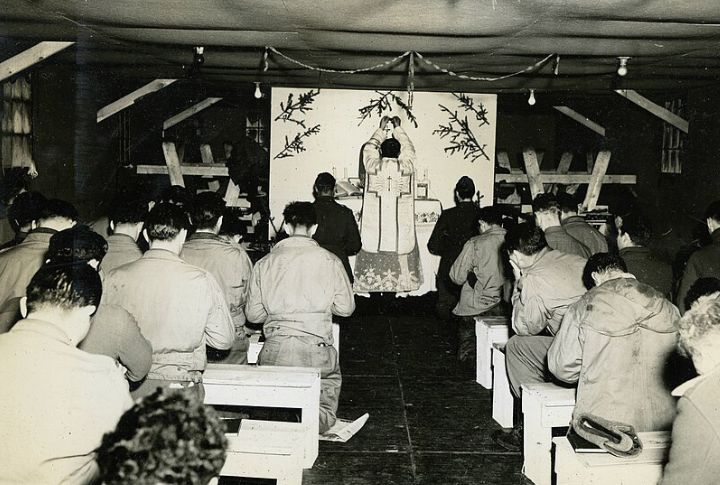
Black Catholic masses sometimes blended Latin liturgy with gospel music. Songs like “Lead Me, Guide Me” are staples in services. Churches may use tambourines and jazz organs alongside traditional instruments. This mix reflects a unique worship style shaped by faith, culture, and musical tradition.
